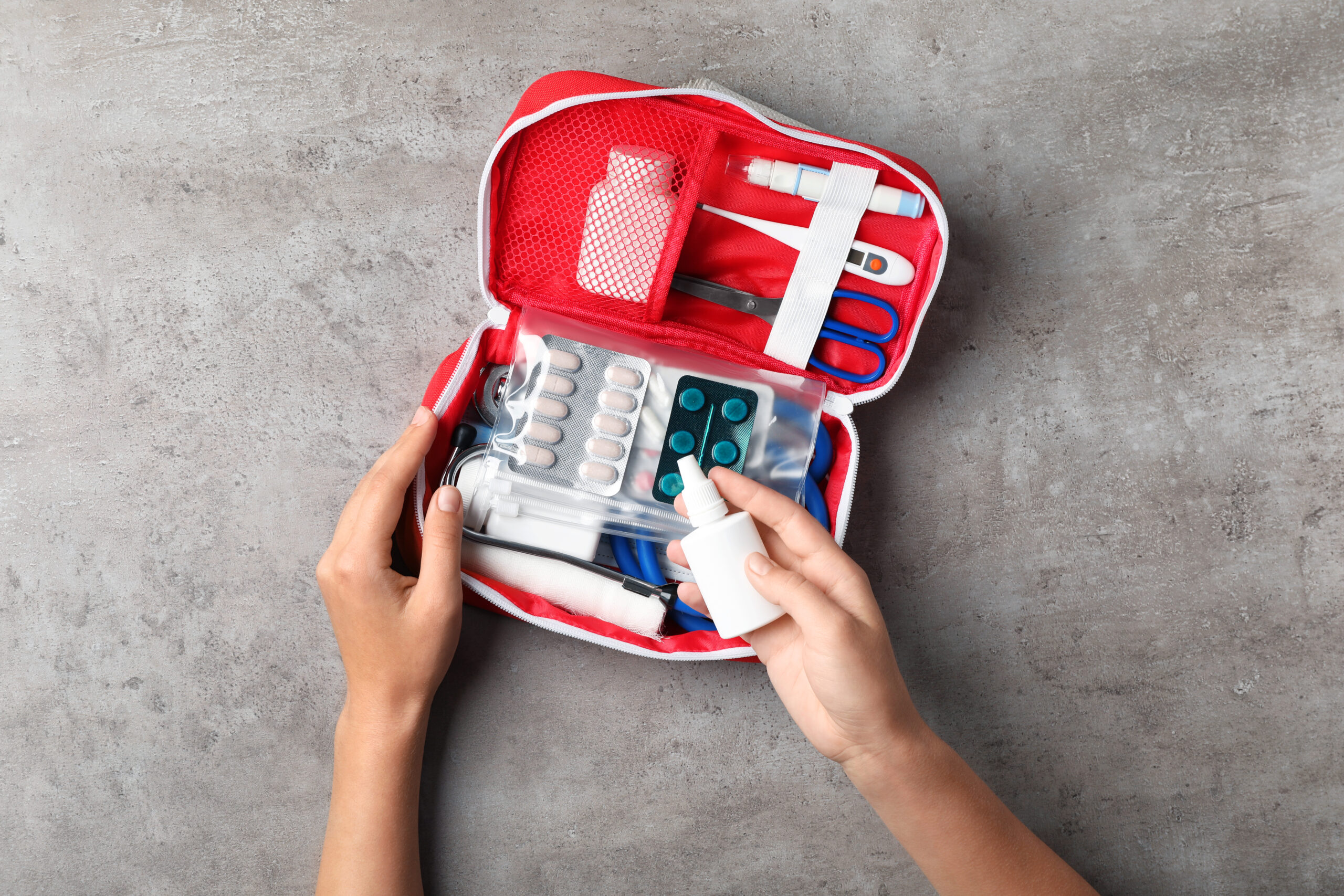First Aid Is Important – Here Are 5 Reasons Why
Completing a simple, two-day first aid course could keep your family safer

Do you know what to do if you or a family member burns themself while cooking? To deal with minor burns, according to Mayo Clinic, ‘Hold the burned area under cool (not cold) running water or apply a cool, wet compress until the pain eases. Don’t use ice. Putting ice directly on a burn can cause further damage to the tissue.’1
If you did know that, great. If you didn’t, that’s okay too. But, with just twenty seconds of reading, you’ve equipped yourself with the knowledge to treat a burn if this common problem arises. And with more than 1 in 100 hospitalised injury cases being caused by burns (often from hot drinks or cooking oils)2 it helps to know how to handle an accident.
The NSC has also determined which occupations have remained resilient, meaning that the job or industry ‘has positive employment growth prospects as Australia’s labour market recovers from the impacts of COVID-19’.1 Among the top of these industries is Health Care and Social Assistance.
Health Care and Social Assistance is Australia’s largest employing industry, making up 14% of all Australian workers.1 Today, we’ll break down 3 of the top employing jobs in the industry, discuss the rise of community and personal service workers, and explore the qualifications you need to be employed in the health care and social assistance industry.
After 16 years of teaching first aid as part of our other qualifications, we are now offering the first aid certificate as its own course. The course empowers you to protect your family, friends, and workmates. Countless jobs require a first-aid certificate, from fitness to childcare to aged care.
According to the Australian Red Cross, Australia has one of the lowest rates of first aid training in the world, ‘with less than 5 per cent of people trained in how to handle an emergency situation. Almost 500,000 Australians are admitted to hospitals every year as a result of injury, with around 12,000 dying from their injuries, primarily from falls. Most injuries occur in the home, followed by the workplace.’ 3
Here are 5 Reasons why first aid is important.
Many of these reasons are inspired by a video made by UK First Aid for Life trainer, Emma Hammett.4
- First Aid Saves Lives
Janie McCullagh, from Red Cross Australia, says that life-threatening injuries could occur anywhere and at any time. ‘Every day you hear something, you see something, you watch the news and often it was the first responders at the scene that made the biggest difference.’
For example, CPR helps pump oxygenated blood to the brain and vital organs. 5 ‘A person whose heart has stopped has an 80 per cent chance of surviving if CPR is started in the first minute. Survival goes down to less than five per cent if CPR is not started within 10 minutes.’ 5
By learning to perform CPR, you can save someone’s life when the emergency services can’t reach them in time.
- It Reduces Recovery Time
Properly administering first aid can immediately reduce recovery time. Consider the minor burn example at the start of this blog. By properly treating the burn within minutes, you have already reduced the long-term recovery time of the injury. And First Aid covers many more situations than burns.
Ms McCullagh noted that First Aid can make a real difference, ‘Having the skills to give first aid before an ambulance arrives can also ensure a faster recovery. Once you have the knowledge it stays with you for life and gives you the confidence to react in the event of an accident.’4
- It Makes you more Aware of Potential Dangers
One of the first lessons you learn in this first aid course is how to safely recognise, assess and respond to an emergency.6 Since you are more aware of potential dangers, you can prevent these situations from occurring, protecting yourself and your family.
- It Helps you Properly Communicate with the Emergency Services
Another core aspect of the first aid course is how to best convey the incident’s details to emergency response services.6 This communication is crucial to giving emergency services an accurate picture of the situation, enabling them to take the correct actions to ensure the victim’s survival and recovery.
- It Empowers You
As important as the emergency services are, it is invaluable to not be completely reliant on these services whenever an accident occurs. Being equipped and empowered to help others is a fantastic feeling. You are also considerably more self-sufficient since you can prepare in advance and care for your family when they need you most.
ABC Radio Sydney caller Phil discussed how infant first aid training was so valuable when he had his child.
‘Something that stuck with me was that you may not be able to resuscitate a child or an adult, but it’s about keeping it going until emergency services get there because you can keep blood flowing to their brain by keeping the oxygen going. You might not see the results but there’s still something going on in there that is saving their life.’3
Learn More
Our first aid course only takes two days, and only one of these days is spent on campus. This certificate is a fantastic choice for countless people across Australia, whether to improve your career, be prepared for an emergency, or care for your family.
If you’d like to learn more about our first aid courses, feel free to send us an enquiry or learn more here.
Sources
https://www.mayoclinic.org/diseases-conditions/burns/diagnosis-treatment/drc-20370545
https://www.aihw.gov.au/reports/injury/burns-and-other-thermal-causes
https://www.abc.net.au/news/2017-09-13/first-aid-training-shortage-in-australia/8896062
https://www.youtube.com/watch?v=LFWR69aGDMI
https://www.sbs.com.au/news/most-australians-don-t-know-first-aid